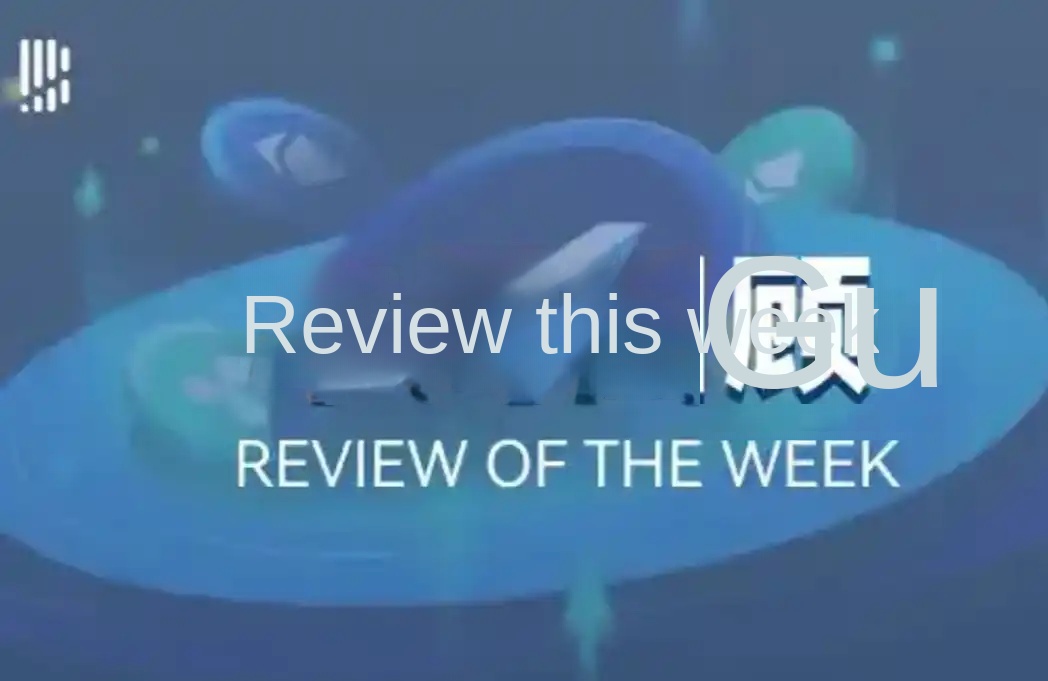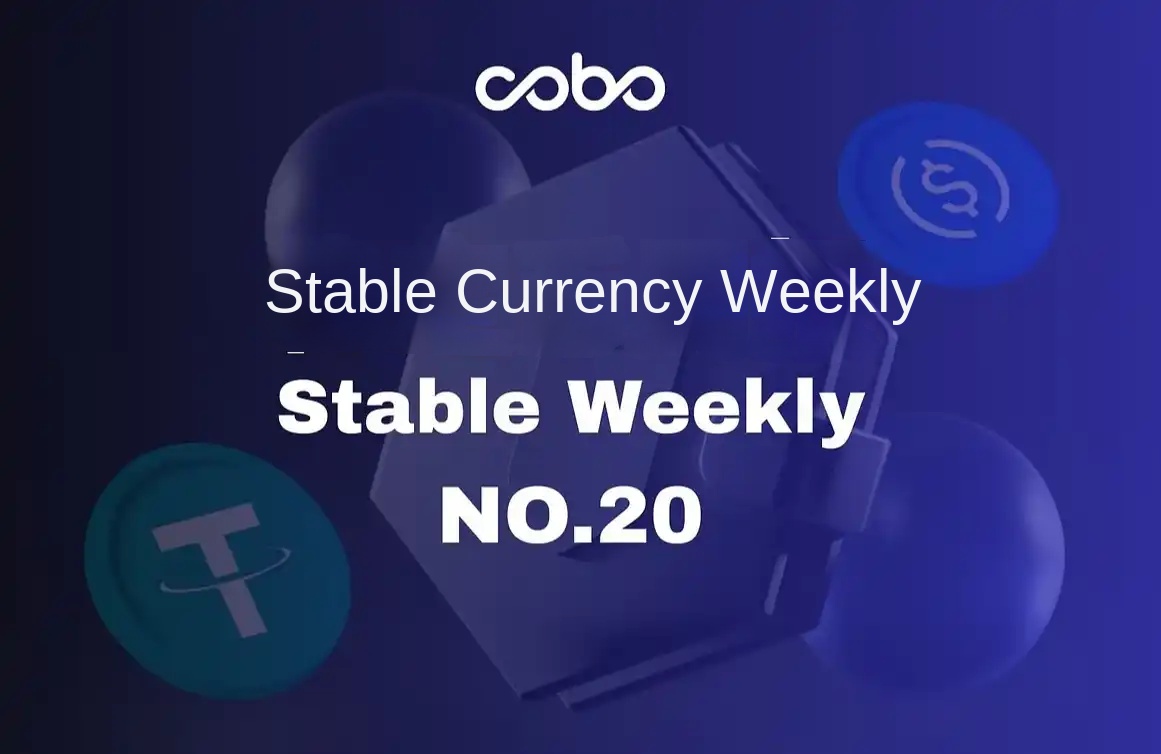Native Yield and High Volatility: Why is Holding ETH a Better Option for Public Companies?
Original Title: Why ETH Treasuries Will Outpace MSTR's Historic Run
Original Author: kevin, Penn Blockchain Joint Investment Director
Original Translation: Deep Tide TechFlow
While the cryptocurrency community has long been enthusiastic about tokenization and on-chain assets as a means to enhance accessibility, the most significant progress has actually come from integrating cryptocurrency with traditional securities. The recent public market interest in Digital Asset Treasury strategies perfectly reflects this trend.
Michael Saylor was the first to implement this strategy through MicroStrategy, transforming his company into a over $100 billion valued firm, surpassing even NVIDIA. We provided a detailed analysis of this blueprint in our article about MicroStrategy (a great reference for those new to the asset management space). The core argument of these financial strategies is that publicly traded companies can access cheaper, unsecured leverage, something that regular traders simply cannot obtain.
Recently, the focus has expanded beyond Bitcoin into the realm of Ethereum-based asset management platforms, such as Sharplink Gaming ($SBET, led by Joseph Lubin) and BitMine ($BMNR, led by Thomas Lee), which are also gaining traction. But does an ETH asset management platform really make sense? As we discussed in the MicroStrategy analysis, asset management firms are essentially trying to arbitrage the long-term Compound Annual Growth Rate (CAGR) of the underlying asset against their cost of capital. In a previous article, we outlined the argument for ETH's long-term CAGR. It is a scarce programmable reserve asset that plays a foundational role in securing the on-chain economy as more assets migrate to the blockchain network. This article will explain why ETH assets have a directional bullish trend and provide operational advice for enterprises adopting this asset management strategy.
Liquidity Acquisition: The Cornerstone of Asset Management Firms
One of the primary reasons tokens and protocols seek to create these asset management firms is to provide a path for tokens to access traditional finance (TradFi) liquidity, especially as liquidity in cryptocurrency altcoins has dwindled. Typically, these asset management firms acquire liquidity to gain more assets through three main avenues. Importantly, this liquidity/debt is unsecured, meaning it is non-redeemable:
· Convertible Bond: By issuing debt to raise funds, the debtor can convert it into stock and use the proceeds to purchase more Bitcoin.
· Preferred Stock: Raising funds by issuing preferred stock that pays investors a fixed annual dividend.
· At-the-Market (ATM) Offering: Selling new shares directly on the public market to raise flexible, real-time funds for purchasing Bitcoin.
Why ETH Convertible Bonds Are Superior to BTC Convertible Bonds
In our previous MicroStrategy article, we highlighted two main advantages of convertible bonds for institutional investors:
1. Downside Protection with Upside Risk Exposure: Convertible bonds allow institutions to access the underlying asset (such as BTC or ETH) while protecting their principal investment through the bond's inherent protection features.
2. Volatility-Driven Arbitrage Opportunities: Hedge funds typically buy convertible bonds not just for exposure but also to execute gamma trading strategies (Editor's Note: a type of option trading strategy primarily based on the options Greek letter "gamma" value to make trading decisions. The gamma value measures the sensitivity of an option's delta value to changes in the underlying asset's price), profiting from the volatility of the underlying asset and its securities.
Among these, gamma traders (hedge funds) are currently the primary market participants in convertible bonds.
Considering this, Ethereum's higher historical volatility and implied volatility compared to Bitcoin have become its key distinguishing factor. An Ethereum asset management company reflects this higher volatility in its capital structure through the issuance of Ethereum Convertible Bonds (CB). This dynamic makes ETH-backed CBs particularly attractive to arbitrageurs and hedge funds. Crucially, this volatility also allows Ethereum asset management companies to obtain more favorable financing terms by selling CBs at a higher valuation.
Figure 1: Historical Volatility Comparison between ETH and BTC
Source: Artemis
For convertible bond holders, heightened volatility increases the opportunity for profit through gamma trading strategies. In essence, the greater the volatility of the underlying asset, the higher the profit from gamma trading, making Ethereum asset convertible bonds significantly advantageous compared to Bitcoin asset convertible bonds.
Figure 2: Historical Volatility Comparison of SBET, BMNR, and MSTR
Source: Artemis
However, there is an important caveat: if ETH is unable to sustain a long-term Compound Annual Growth Rate (CAGR), the appreciation of the underlying asset may not be sufficient to justify the conversion before maturity. In this scenario, an ETH asset manager would face the risk of full bond repayment. In contrast, BTC convertible bonds—supported by Bitcoin's more mature long-term performance history—have a lower likelihood of this downside risk as, based on past experiences, most convertible bonds under this strategy have already converted to stock.
Figure 3: ETH vs. BTC Four-Year Compound Annual Growth Rate (CAGR) Evolution Over Time
Source: Artemis
Why Can ETH Preferred Shares Provide Differentiated Value?
Unlike convertible bonds, the structure of preferred share issuance is tailored to the fixed-income asset class. While some convertible preferred shares offer a mix of upside potential, for many institutional investors, yield remains a primary consideration. The pricing of these instruments is based on underwriting credit risk, i.e., whether the asset management company can reliably pay interest.
The key advantage of the MicroStrategy approach lies in using ATM issuance to fund these payments. As this typically represents only 1-3% of the total market cap, dilution and risk are minimal. However, this model still relies on the market liquidity and volatility of BTC and MicroStrategy underlying securities.
Ethereum adds another layer of value: generating native income through staking, restaking, and lending. This built-in income provides higher certainty for the preferred distribution service, theoretically should elevate the credit rating. Unlike Bitcoin, which relies solely on price appreciation, Ethereum's return characteristics combine Compound Annual Growth Rate with protocol-layer native income.
Figure 4: ETH Annualized Native Staking Yield
Source: Artemis
I believe that a notable innovation of ETH Preferred Shares is that they could become a non-directional investment tool, allowing institutional investors to participate in network security without taking on ETH price risk. As highlighted in our ETH report, maintaining at least 67% honest validators is crucial for Ethereum's security. As more assets move on-chain, institutional investor support for Ethereum's decentralization and security becomes increasingly important.
However, many institutions may not want to hold ETH directly in their portfolios. ETH asset management companies can act as intermediaries, absorbing directional risk while offering institutions a fixed-income-like return. Preferred shares issued by the following institutions, $SBET and $BMNR, are designed as on-chain fixed-income staking products for this purpose. They can be enhanced through advantages like preferential inclusion in transactions, protocol-level incentives, making them more appealing to investors seeking stable returns without bearing all market risk.
Why ATM Issuance Favors ETH Assets
One of the most commonly used valuation metrics by financial firms is mNAV (market multiple to net asset value ratio). Conceptually, mNAV functions similarly to a P/E ratio: it reflects how the market prices future per-share asset growth.
Due to Ethereum's native yield mechanism, ETH assets inherently guarantee a higher asset net value premium. These activities generate recurring "earnings" or increases in per-ETH value without incremental capital. In contrast, BTC asset management companies must rely on synthetic yield strategies, such as issuing convertible bonds or preferred shares. Without these institutional products, when a BTC asset's market premium approaches the net asset value (NAV), its yield becomes challenging to rationalize.
Most importantly, mNAV is reflexive: a higher mNAV allows asset management companies to more efficiently raise funds through ATM issuance. They issue shares at a premium and use the proceeds to purchase more underlying assets, increasing per-share assets and reinforcing the cycle. The higher the mNAV, the greater the value acquired, making ATM issuance particularly effective for ETH asset management companies.
Accessing capital is another key factor. Companies with stronger liquidity and broader financing capabilities naturally have a higher mNAV, while companies with limited market access often trade at a discount. Therefore, mNAV typically reflects a liquidity premium—market confidence in a company's effective ability to access more liquidity.
How to Screen Asset Management Companies from First Principles
A useful mental model is to view ATM issuance as a way to raise funds from retail investors, while convertible bonds and preferred stocks are typically designed for institutional investors. Therefore, the key to a successful ATM strategy lies in building a strong retail following, which often depends on having a trustworthy and charismatic leader, as well as maintaining a consistent and transparent strategy so that retail investors believe in the long-term vision. In contrast, to successfully execute convertible bonds and preferred stocks, a strong institutional sales channel is required, along with relationships with the capital markets division. Based on this logic, I see $SBET as a more robust retail-driven company, primarily due to Joe Lubin's leadership capabilities and the team's consistent transparency in terms of ETH accumulation per share. Meanwhile, under Tom Lee's leadership, $BMNR, due to its close ties to the traditional financial industry, seems better positioned to leverage institutional liquidity.
Why is ETH Asset so Critical to the Ecosystem and Competitive Landscape?
One of Ethereum's biggest challenges is the increasing centralization of validators and staked ETH, especially in liquidity staking protocols like Lido and centralized exchanges like Coinbase. ETH asset management companies can help balance this trend and promote validator decentralization. To support Ethereum's long-term resilience, these companies should diversify their ETH across multiple staking providers and operate their own validators where possible.
Figure 5: Staking Distribution by Category
Source: Artemis
In this context, I believe the competitive landscape of ETH asset management companies will be starkly different from BTC asset management companies. In the Bitcoin ecosystem, the market has evolved into a winner-takes-all scenario, with MicroStrategy holding over 10 times the amount of BTC as the second-largest holder. Leveraging first-mover advantage and strong narrative control, MicroStrategy dominates the convertible bonds and preferred stocks market.
In contrast, Ethereum's asset space is starting from scratch. Currently, no entity dominates, and multiple ETH assets are being launched simultaneously. This lack of first-mover advantage is not only beneficial for the network but also fosters a more competitive and rapidly evolving market environment. Given the relatively close ETH holdings of the key players, I believe we are likely to see a duopoly emerge between two giants: $SBET and $BMNR.
Figure 6: ETH Asset Holding
Source: strategicethreserve.xyz
Valuation: MSTR + Lido Comp
Broadly speaking, the ETH financial model can be seen as a merger of MicroStrategy and Lido, specifically designed for TradFi. Unlike Lido, the ETH asset management company, due to holding the underlying asset, may have the potential for a greater share of asset appreciation, making this model more advantageous in terms of value accumulation.
Rough Valuation Perspective: Lido currently oversees approximately 30% of the total ETH staked, implying a valuation of over $30 billion. We believe that over a market cycle (4 years), $SBET and $BMNR are highly likely, as MicroStrategy's growth strategy indicates, to surpass Lido's scale in the speed, depth, and reflexivity of capital flows in TradFi, with a total company valuation potentially exceeding $120 billion.
Background: BTC has a market capitalization of $2.47 trillion, while ETH has a market capitalization of $428 billion (17-20% of BTC). If $SBET and $BMNR are at about 20% of MicroStrategy's $120 billion valuation, this would imply a long-term value of around $24 billion. Currently, the combined valuation of the two companies is slightly below $8 billion, indicating significant growth potential as ETH assets mature.
Conclusion
The convergence of cryptocurrency and traditional finance through a digital asset management strategy represents a significant paradigm shift, with ETH assets now emerging as a powerful force. Ethereum's unique advantages, including higher volatility of convertible bonds and priority issuance of native yields, enable ETH asset management companies to achieve distinct growth. Their potential in facilitating decentralized validators and promoting competition further sets them apart in the BTC asset space. Combining MicroStrategy's capital efficiency with Ethereum's intrinsic value can unlock tremendous value and drive deeper integration of on-chain economics into TradFi. The rapid expansion and growing institutional interest portend a transformative impact on cryptocurrency and capital markets in the coming years.
Welcome to join the official BlockBeats community:
Telegram Subscription Group: https://t.me/theblockbeats
Telegram Discussion Group: https://t.me/BlockBeats_App
Official Twitter Account: https://twitter.com/BlockBeatsAsia
 Forum
Forum

 Finance
Finance
 Specials
Specials
 On-chain Eco
On-chain Eco
 Entry
Entry
 Podcasts
Podcasts
 Activities
Activities
 OPRR
OPRR







